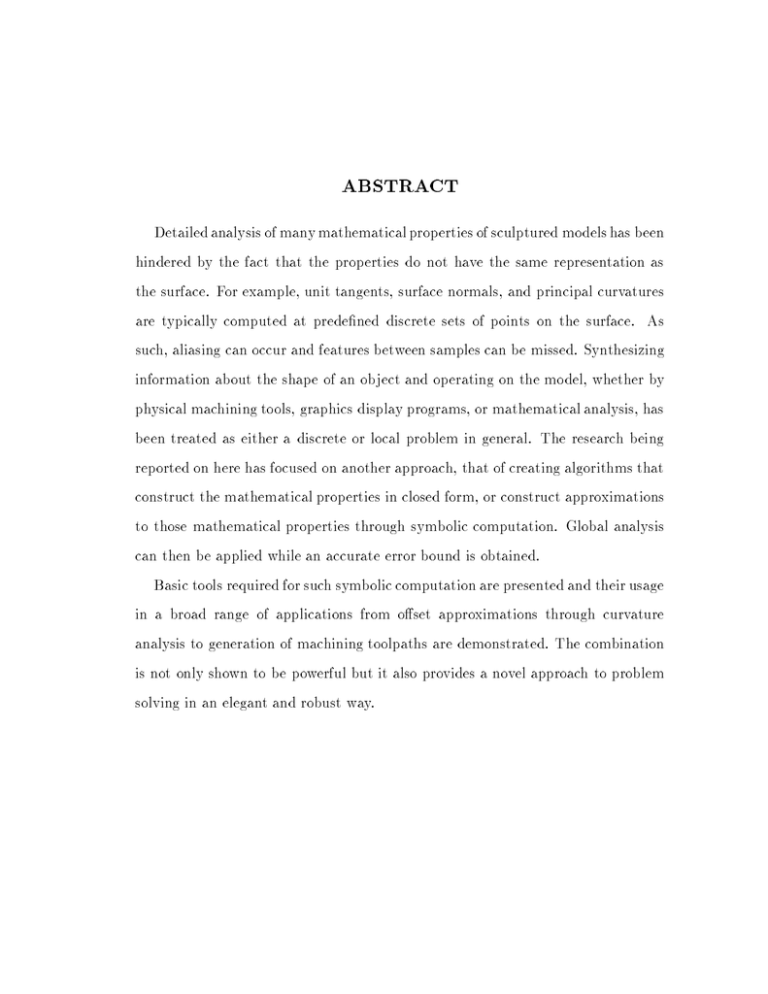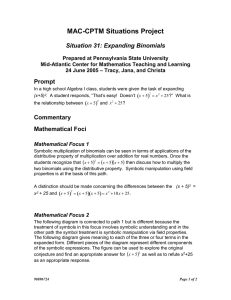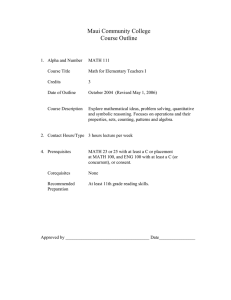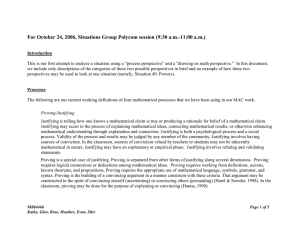ABSTRACT
advertisement

ABSTRACT Detailed analysis of many mathematical properties of sculptured models has been hindered by the fact that the properties do not have the same representation as the surface. For example, unit tangents, surface normals, and principal curvatures are typically computed at prede ned discrete sets of points on the surface. As such, aliasing can occur and features between samples can be missed. Synthesizing information about the shape of an object and operating on the model, whether by physical machining tools, graphics display programs, or mathematical analysis, has been treated as either a discrete or local problem in general. The research being reported on here has focused on another approach, that of creating algorithms that construct the mathematical properties in closed form, or construct approximations to those mathematical properties through symbolic computation. Global analysis can then be applied while an accurate error bound is obtained. Basic tools required for such symbolic computation are presented and their usage in a broad range of applications from oset approximations through curvature analysis to generation of machining toolpaths are demonstrated. The combination is not only shown to be powerful but it also provides a novel approach to problem solving in an elegant and robust way.









